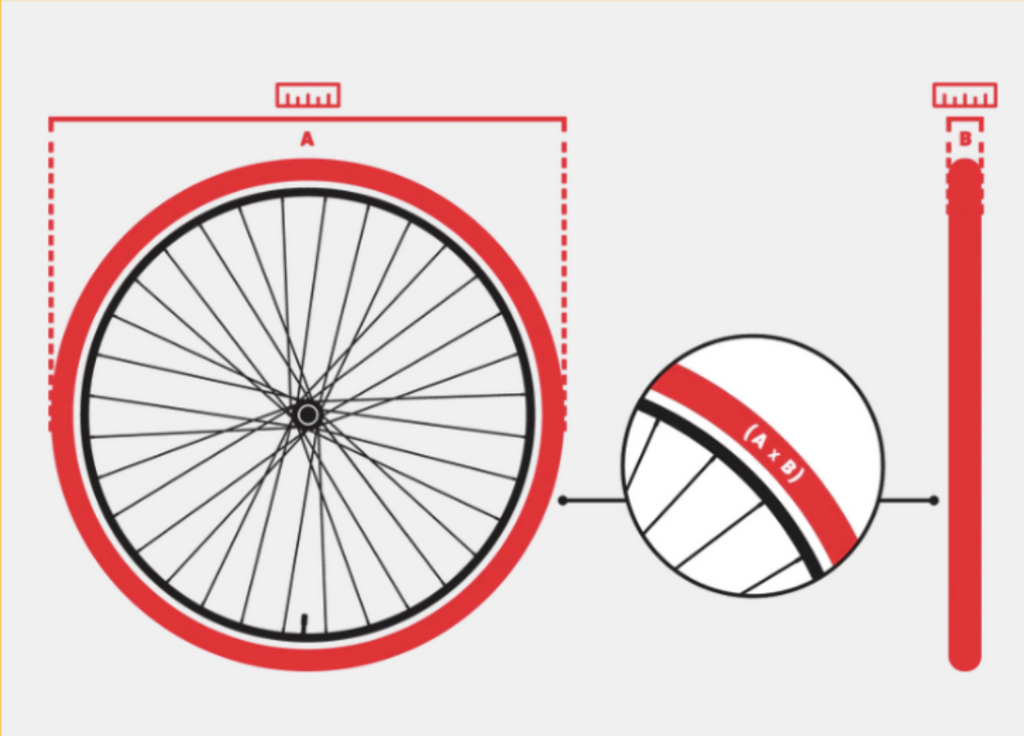Fat Rack
Regular price€89,99
Excluding any import duties
/
Steadyrack’s Fat Rack is one of the only wall-mounted bike racks on the market that caters specifically for bikes with tyres up to 5”.
Best for
Fat Bikes, eBikes with ‘Fat’ Tyres
Designed for bikes with:
Wheel Diameter: 20” – 29”
Tyre Width: 2.8” – 5”
Maximum Weight: 35kg
No fenders/mudguards
The Fat Rack
Designed to pivot up to 160 degrees and fold away for maximum storage space efficiency, our Fat Racks can be mounted on virtually any wall. Perfect for fat tyre bike enthusiasts looking for easy storage at home and to get out riding as quickly as possible.If you own a fat bike, the chances are it can be very difficult to store properly. As fat bikes are wider and heavier than most, they tend to take up precious space in your home or garage and are likely to damage more easily from being unprotected or incorrectly stored away. The Steadyrack Fat Rack has been specifically designed to tackle beach cruiser and fat bike storage issues. The Fat Rack can be mounted on virtually any wall in your home or garage and can pivot up to 160 degrees and fold away, providing the ultimate storage space efficiency. The Steadyrack Fat Rack caters to bikes with tyres up to 5 inches, in particular popular beach cruisers such as the Surly Ice Cream Truck, Canyon The Dude and the Mongoose Dolomite fat bikes. Not sure if your fat tyre bike will fit on our wall mount? Read our how to measure your bike tips for more.
| Australia | WA | 2-7 business days after dispatch |
| ACT, NSW, NT, QLD, SA, TAS, VIC | 2-10 business days after dispatch | |
| United Kingdom | 2-7 business days | |
| Europe | 2-11 business days after dispatch | |
| USA | 2-15 business days after dispatch | |
| Canada | 2-15 business days after dispatch | |
*Free shipping is available in select countries. Find out more here.




























